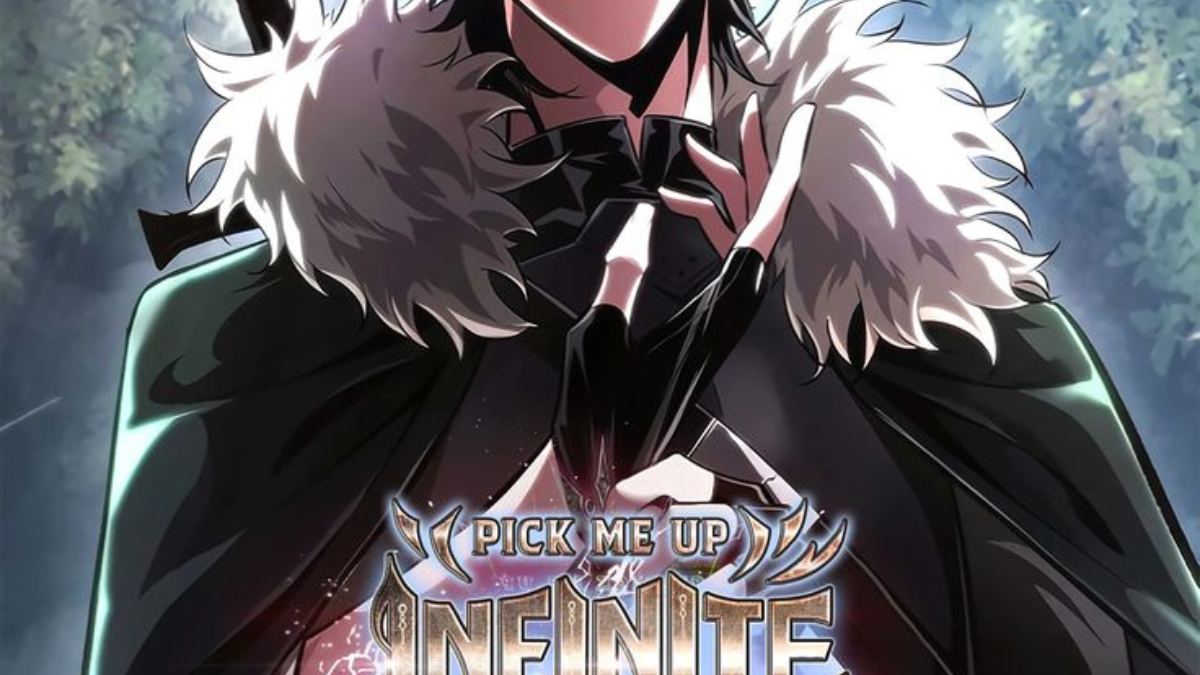The world of puzzles and word games has grown immensely popular, with millions of people across the globe spending their time solving different types of brain teasers. Among the various types of word games, crosswords and riddles strands out due to their intellectual challenge. The New York Times (NYT) crossword, in particular, is one of the most well-known and respected puzzles worldwide. The phrase “Strands NYT hint” has become synonymous with these types of crosswords, with solvers searching for clues and strategies to crack the most challenging puzzles.
In this article, we will delve deep into the significance of “Strands NYT hint” and how you can use it to your advantage in solving crosswords. This guide will help you understand the concept of hints, provide tips on how to approach puzzles, and answer some frequently asked questions about the NYT crossword and its hints.
Understanding the Concept of Strands NYT Hint
Before diving into the methods of solving and understanding the “Strands NYT hint,” it is important to first understand what this term means in the context of crosswords.
What is the NYT Crossword Puzzle?
The New York Times crossword puzzle is a daily word game that has been a staple of the paper for over 75 years. It consists of a grid of black and white squares, where clues are given for each word in the grid, both across and down. Players must fill in the grid with correct words based on the clues provided. Each puzzle increases in difficulty as the week progresses, with Monday being the easiest and Saturday being the most challenging.
Strands NYT Hint: Breaking Down the Term
The term “Strands NYT hint” may be interpreted as a clue that leads you to a possible solution in a crossword puzzle, with “strands” referring to different clues or segments of the puzzle. These strands or clues may be tricky, but they can provide valuable insights when interpreted correctly. The key to solving any crossword is recognizing patterns and using hints effectively.
The “hint” in this context refers to the direction and guidance provided through the puzzle clues. Sometimes, these hints are direct, while at other times they require a bit of lateral thinking. The more familiar you are with the patterns and logic behind the NYT crossword puzzle, the easier it will be to decode these “Strands NYT hint” phrases.
Strategies for Cracking the Strands NYT Hint
Solving a crossword puzzle, particularly the NYT crossword, can be a daunting task, but it becomes much easier once you develop strategies to crack the clues. Let’s look at some effective ways to approach and use the “Strands NYT hint” to your advantage:
Start with the Easy Clues
When you begin solving any crossword puzzle, including the NYT crossword, it’s always best to start with the easy clues. These are usually the ones that are straightforward and don’t require much thought. Easier clues build structure for tougher ones.
Look for Common Crossword Patterns
Crossword puzzles often have recurring patterns that can help you identify words that fit the clues. For example, two- or three-letter words often appear in crossword puzzles. These short words can help you get started and can also serve as hints for solving the longer clues.
The “Strands NYT hint” may refer to these patterns or fragments that repeat across different sections of the crossword, helping you identify connections and guiding you toward the correct answer.
Use Word Length as a Clue
Crosswords provide word length in clues. This is an incredibly useful hint, as it narrows down the possible answers. If you have a clue that asks for a five-letter word and you already know a few letters, this can significantly reduce the number of potential answers.
Identify Theme-Based Clues
NYT crosswords, especially the more difficult ones, often have a theme that ties several clues together. Identifying this theme can provide a huge advantage, as it gives you a framework to solve other clues in the puzzle.
The “Strands NYT hint” may point toward a theme clue, which is essential for deciphering multiple parts of the crossword. For example, if you identify that the puzzle is based on famous movie quotes, several clues will relate to this theme, making them easier to solve once you have the theme in mind.
Think Outside the Box
Some clues in the NYT crossword puzzle require you to think creatively. They might not be straightforward word definitions, but rather require lateral thinking. The “Strands NYT hint” could refer to such creative clues, where solving them requires breaking free from conventional thought patterns.
Check Crossword Dictionaries and Online Tools
If you’re stuck, you can always use crossword dictionaries or online tools to help you out. These resources can provide you with word suggestions and offer hints for tricky clues. However, it’s important to use them as a last resort to avoid becoming overly dependent on them.
How to Stay Motivated While Solving Strands NYT Hint
Crossword puzzles can sometimes be frustrating, especially if you encounter a particularly difficult clue. However, there are ways to stay motivated and keep working on the puzzle:
Take Breaks
If you get stuck on a particular clue, it’s okay to step away for a moment. Taking a break can help clear your mind and allow you to come back to the puzzle with fresh eyes.
Celebrate Small Wins
Every time you fill in a word correctly, it’s an achievement! Celebrate these small wins and use them as motivation to keep going. Solving a tough NYT crossword brings satisfaction.
Join Crossword Communities
If you’re serious about cracking the “Strands NYT hint” or any other crossword puzzle, consider joining crossword-solving communities online. These communities often share tips, strategies, and answers to difficult clues, which can help you get better over time.
FAQs
Q: What does “Strands NYT hint” mean in a crossword puzzle?
A: “Strands NYT hint” refers to hints or clues in a New York Times crossword puzzle that may be difficult but offer valuable insights for solving the puzzle. These hints can be related to patterns, themes, or word lengths that help guide you toward the correct answer.
Q: How can I improve my crossword-solving skills?
A: Improving your crossword-solving skills takes practice. You can start by solving easier puzzles, identifying common crossword patterns, and using online tools and crossword dictionaries. Joining crossword-solving communities and learning from others can also accelerate your progress.
Q: Are there any specific strategies for solving tough NYT crossword clues?
A: Yes! Some strategies include starting with easy clues, focusing on word length, identifying themes, and using online crossword solvers as a last resort. It’s also important to remain patient and think creatively when dealing with challenging clues.
Q: Is the NYT crossword puzzle suitable for beginners?
A: While the NYT crossword puzzle is known for being challenging, it does offer easier puzzles on Monday, with the difficulty increasing throughout the week. Beginners can start with Monday puzzles and gradually work their way up to more difficult ones as they improve their skills.
Q: Can I use the “Strands NYT hint” strategy for other types of word puzzles?
A: Absolutely! The strategies for solving NYT crossword clues can be applied to other word puzzles, such as cryptic crosswords, word search puzzles, or other types of brain teasers. Recognizing patterns and using clues effectively is a skill that transcends individual puzzle types.
Conclusion
The “Strands NYT hint” refers to the valuable clues and strategies that can help solvers decode challenging NYT crossword puzzles. Whether you’re a beginner or an experienced solver, understanding how to approach these hints can make the puzzle-solving process more enjoyable and rewarding. By starting with the easy clues, identifying crossword patterns, and using creative thinking, you can unlock the mystery behind each clue and complete even the toughest puzzles. So, the next time you encounter a tricky “Strands NYT hint,” remember these strategies and keep solving with confidence!



